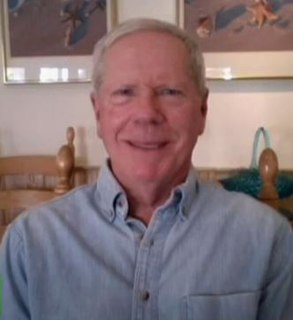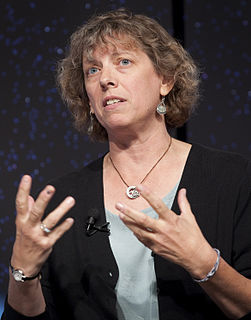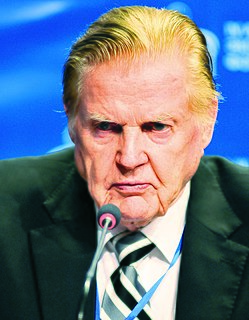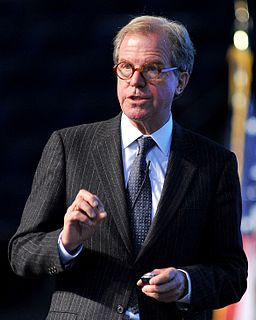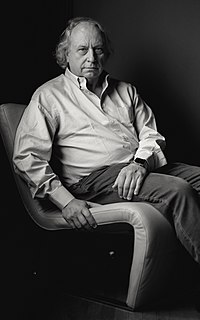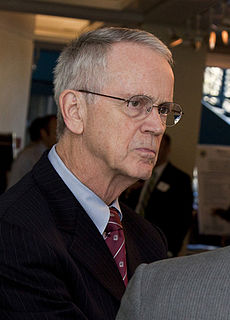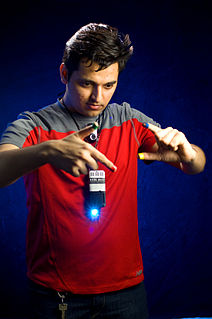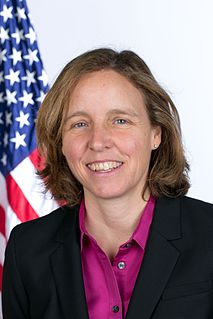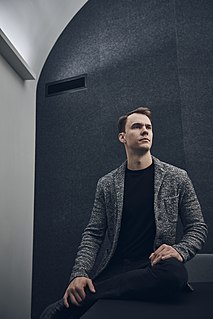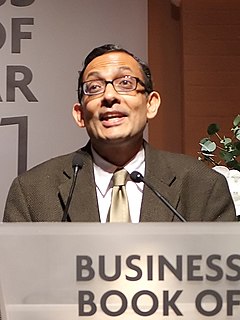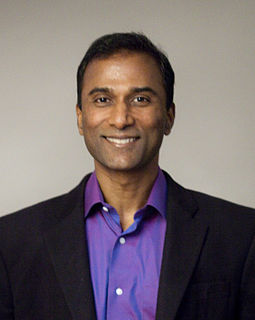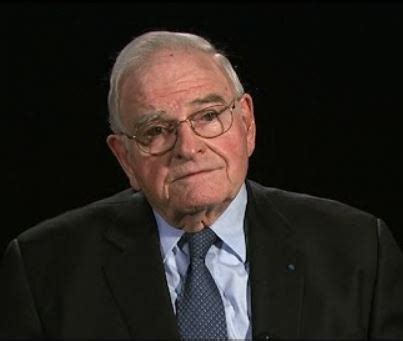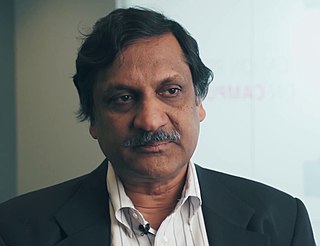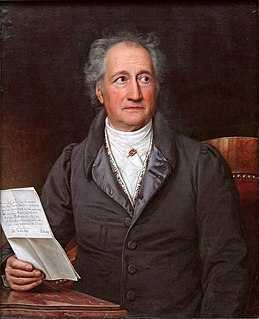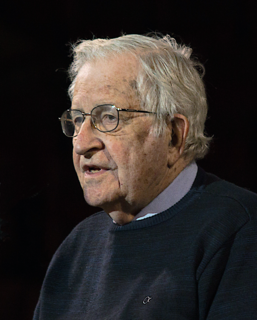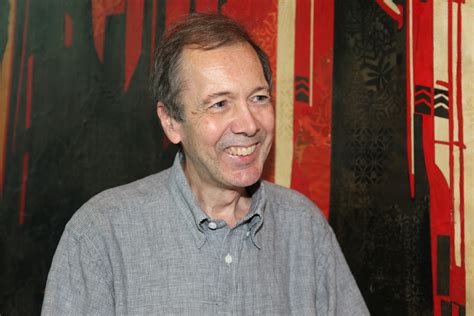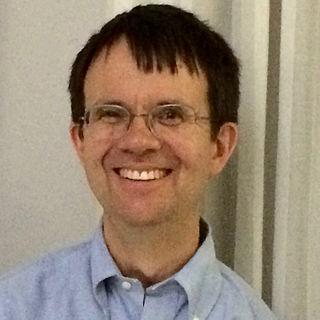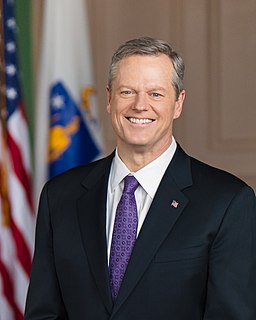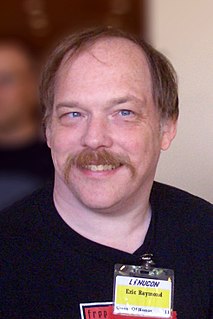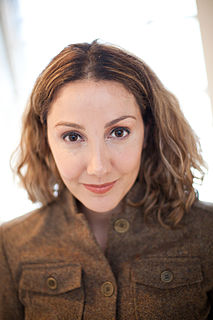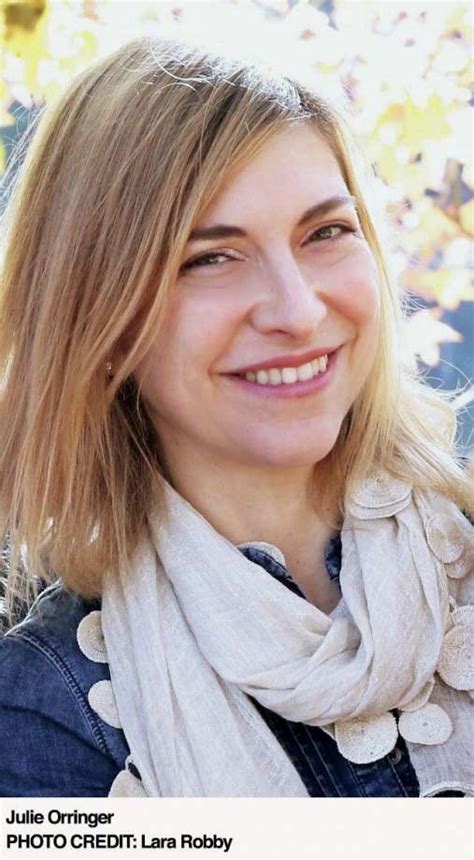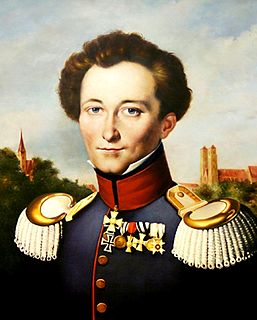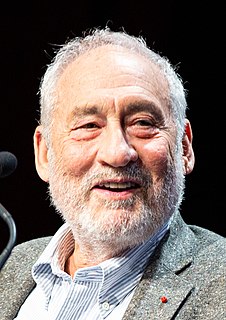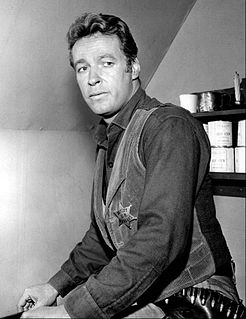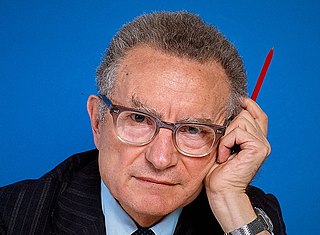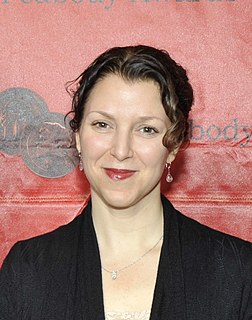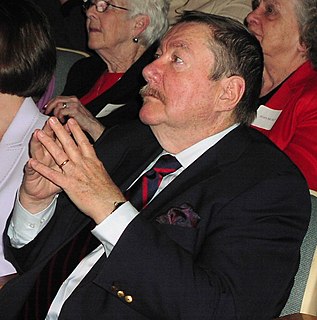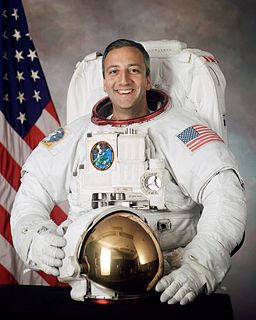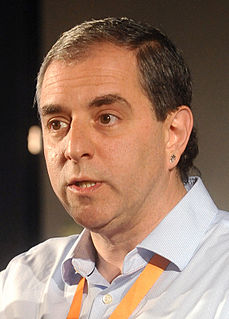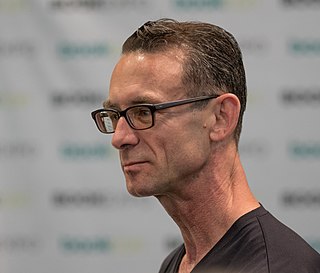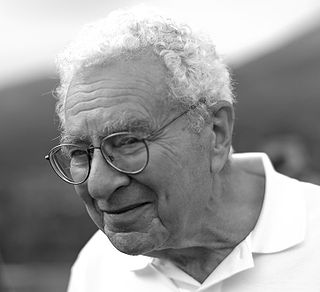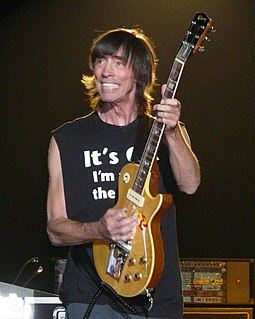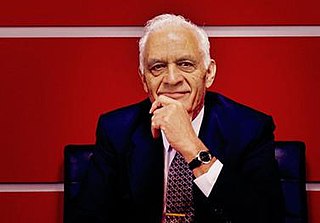Top 126 MIT Quotes & Sayings
Explore popular MIT quotes.
Last updated on April 14, 2025.
In high school, I was the best broad jumper on our team, and I kind of thought that when I got to MIT, I'd probably still be the best broad jumper, 'cause why do broad jumpers come to MIT? But it turned out to actually be the other way around. There was another person in my class who could jump about 3 feet further than I could.
I went to school at MIT with a whole bunch of engineers. And then I started work one day and asked myself, 'Why do all of these MIT Ph.D.s work for Harvard M.B.A.s?' Why should it be like that? I was one of those engineers who thought, 'Why are these people making those dumb decisions?' So it's fun to be the person making them.
My interest in Virtual Reality (VR) films began for me when I began a fellowship with MIT's Open Documentary Lab. It was a profound experience to be on MIT's campus one day a week and to enter a new world of storytelling where breaking convention and traditional methods were expected. This was deeply challenging and inspiring.
